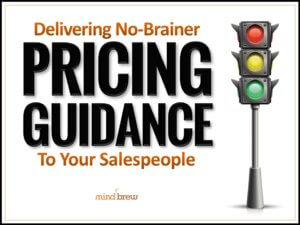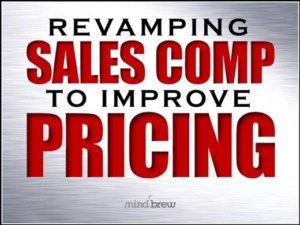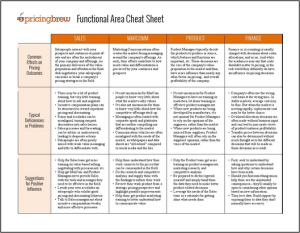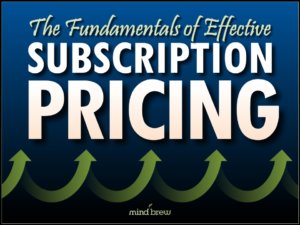Drawing on the work of several earlier inventors, Christopher Latham Sholes filed a patent for a typewriter in 1868. But Sholes’ first typewriter, which he referred to as a “literary piano,” was quite a bit different than the keyboard we know today. For one thing, the keys were made of ebony and ivory, like a piano. And for another, the first keyboard layout looked like this:
3 5 7 9 N O P Q R S T U V W X Y Z
2 4 6 8 . A B C D E F G H I J K L M
But this keyboard layout had a big problem — the keys would get stuck when typists got going too fast. (Maybe in part due to the letters I and O playing double-duty as 1 and 0).
To solve the problem, Sholes invented a new keyboard that made its debut in 1874. This one separated letters that were commonly typed one after the other (like S and T), so that the keyboard wouldn’t jam. Although popular legend says that Sholes’ new keyboard was designed to slow typists down, it actually sped things up by preventing jams.
Sholes’ new keyboard had the familiar QWERTY arrangement that we still use to this day. Everything about it, including the staggered spacing of letters, was designed to prevent the mechanical problems that plagued earlier typewriters.
Sholes’ second keyboard proved so popular that nearly 150 years later, we still use it — long after the need for it has passed. But all these years later, computers don’t have these same mechanical issues that can lead to jams. And when it came to creating the keyboards that are on our smartphone screens, there are no mechanical parts at all. There’s really no reason to stick with the QWERTY keyboard.
No reason other than familiarity, that is.
If keyboards suddenly switched to a new layout, everyone would have to learn to type all over again. That’s hard, and it takes a long time. In fact, several inventors have come out with alternatives like the Dvorak keyboard, which allow people to type much more quickly. But none of the alternatives have ever caught on widely, despite their obvious benefits.
In pricing, it’s important to remember the power of familiarity.
If you introduce others (especially the sales team) to something new — be it a new quoting system, pricing guidance, reports, exception processes, or something else — you are always going to run into some challenges. Convincing people to do things a new way takes a lot of time and effort.
But on the flip side, you can also put familiarity to work for you. For example, if you can make a new dashboard look a lot like another tool the team already uses, you have a much greater chance of getting the team to use the new one. Or maybe you can feed them optimized prices into the systems they’re already used to using, instead of asking them to log in to a new and unfamiliar system. That way they get the benefits of the new systems without really having to change their behavior.
We develop this idea in greater depth in several different resources:
- Profitable Pricing Enablement
- Delivering No-Brainer Pricing Guidance To Sales
- Improving Your Price Lists
- Building a Better Bid Desk
- Using a Cost-Plus Mindset to Your Advantage
It’s important to remember that many of us in pricing can get very excited about new tools, technologies and processes–painting them forward in our mind to how much better they can make things in the future. But if we don’t get buy-in from the other teams that will actually be using those new things, that dream of a better future will be difficult to realize. It’s often far better to figure out what the critical things are that need to change to improve results and leave everything else alone as much as possible. That can make more work for those of us in pricing, but it pays off.


















